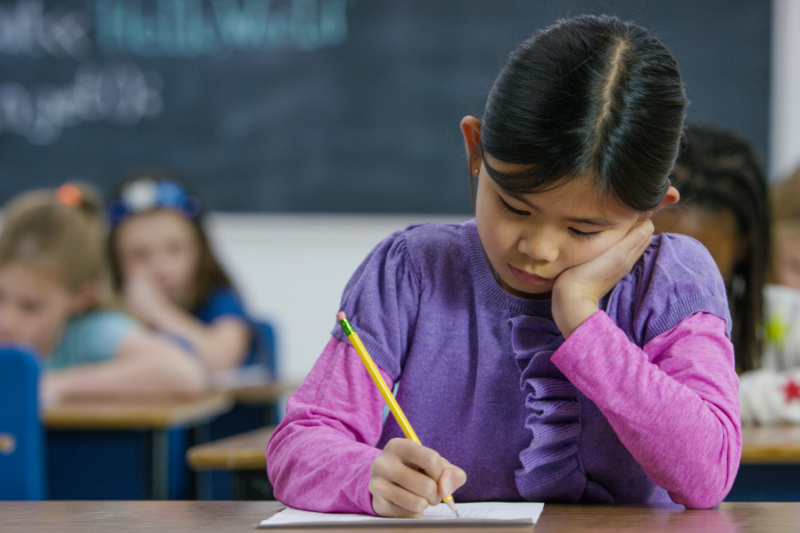Insights
Tips for Effectively Responding to Assessment Data
Most in education would agree that assessments are vital to the educational process. They aid teachers in determining a student’s mastery of a concept or skill or whether deficiencies are present that need to be addressed. The debate is ongoing about which methods of student assessment are best. While the intent of this article is not to solve a decades-long debate, we do want to give you some things to consider concerning student assessment.
Keep in mind the following purposes of assessment:
- To guide planning for both long and short-term instruction
- Monitor student progress and encourage them to have a growth mindset
- Determine if additional supports are needed for individual students
Ideas for formative assessments:
Ongoing assessment allows a teacher to monitor a student’s understanding and skills through a question, activity, or assignment. These can include:
- Exit tickets (click here for examples and templates)
- Muddiest point: Have students answer what was the “muddiest” (i.e. most confusing or unclear) point of the lesson
- Heads down, thumbs out:
Some students may not want to ask a question in front of peers because it indicates they don’t understand something. Try this quick assessment method to include such students. Have everyone put their head down and their thumbs out to the side. Ask a question to gauge their understanding. If they understand, they give a thumbs up. If not, they give a thumbs down. If they sort of understand, they shake their thumb. Since no one but you should be looking around, many students will feel comfortable enough to answer honestly. - First drafts of quizzes:
To allow students to learn from mistakes, circle what needs to be corrected on first drafts of quizzes. However, don’t write any corrections. This helps the student know where corrections are required but allows them the chance to make the corrections on their own. This will help you to determine if the mistakes were minor miscalculations or if the student needs further instruction on the concept or skill. - Need more ideas? Check out these websites: NWEA and Proud to Be Primary
Ideas for summative assessment:
Often summative assessment involves a quiz or test to determine a student’s understanding. Here are links to other ways to conduct summative assessment. Some include more formative assessment ideas too.
- Alternate Forms of Assessment
- 7 Ways to Assess Without Testing
- 15 Summative Assessment Examples for Elementary Students
Tips for effectively responding to the data from assessments:
- Create a spreadsheet to document student responses to answers from exit tickets, muddiest points, and the heads down/thumbs type of assessments. You could analyze the data by simply creating a code or drop-down menu with categories like “needs a lot of help”, “almost there”, and “understood concept/skill.”
- Use a formative assessment tool or app that includes student tracking.
- To track each student’s overall progress, create a paper or digital assessment file that includes data from both formative and summative assessments.
- Differentiate instruction as needed.
- Analyze student data from multiple sources like in-class assessments, cumulative files, and standardized test scores. Read more about these here.
- Help students set goals. Here are some tips.
Celebrate student progress! Check out this Origo blog post for ideas.



